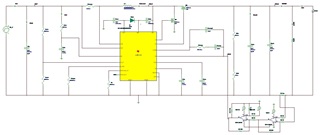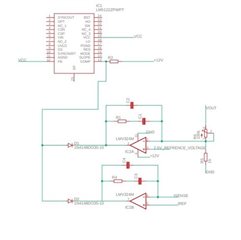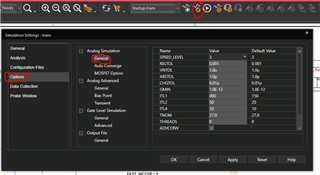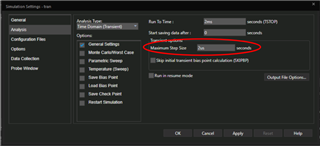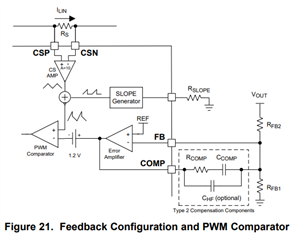Other Parts Discussed in Thread: LM5170, LM324, TPS63000, LM5176, LMP8646, UC3843
Hi,
I am planning to use LM5122 multiphase boost converter for my application . . following are my some queries.
1. Can we use multiple LM5122 to provide higher current output
2. Can you suggest some way to implement programmable current settings i.e by sending some signal from can we limit output current of the boost converter. The product on which i am working requires current settings from 1A to 30A.
Regards
Mudit


